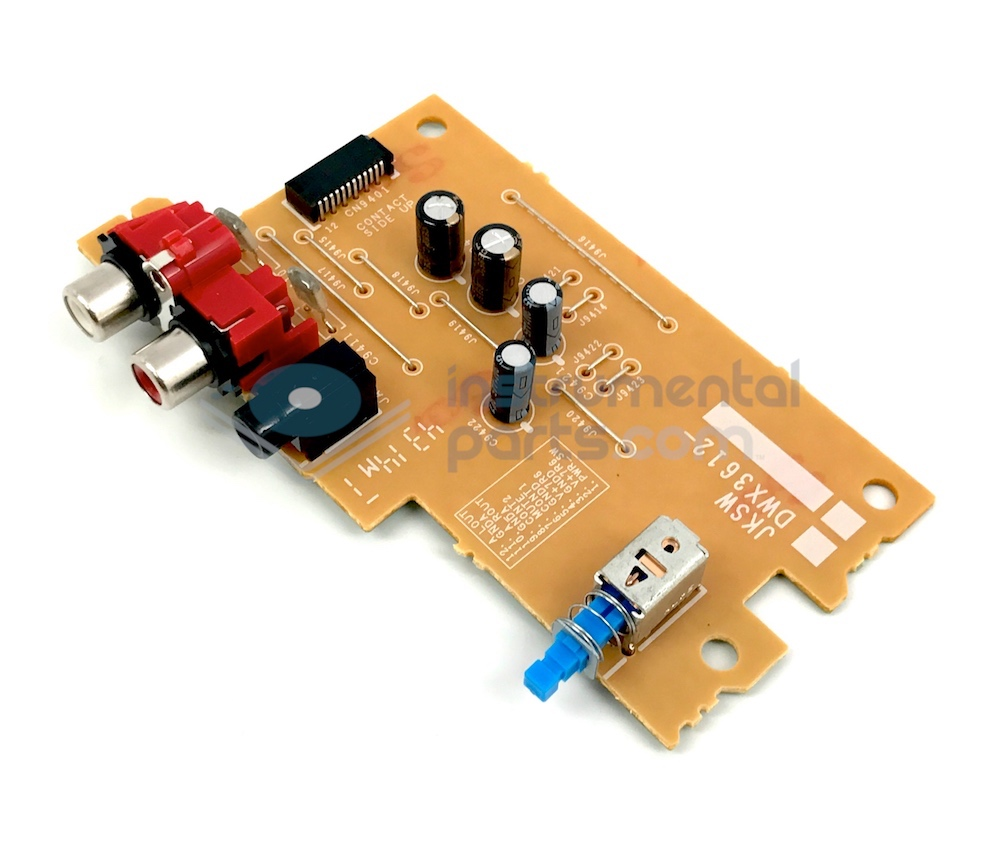I have a few questions about this PCB, namely the wires across the visible side:
I am new to electronics. Would these wires be considered a "trace", "jump", a "via", or something else entirely?
How would this be illustrated on a schematic to indicate that it is an actual wire and not part of the etching?
If one were to purchase this kind of solid wire, what would its gauge be, its material, and how would I search for it so that I exclude results with shielding?
Are there any issues with running wires like this without shielding? Such as electrical interference.
Other questions, not necessary for a complete answer:
Unless I am mistaken, these do not appear to be hand-made due do their exactness and how straight they are. How does a machine place these? Or are they pre-bent, placed, and then sent through a wave solder machine?
When would this method still used today? Or is it something that is an artifact of single-layer boards where one would otherwise use a through-hole via and traces on the other side?



